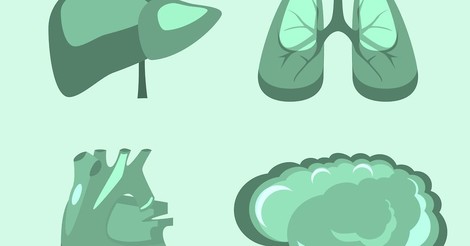Your podcast discovery platform
Curious minds select the most fascinating podcasts from around the world. Discover hand-piqd audio recommendations on your favorite topics.

piqer for: Health and Sanity Boom and bust Climate and Environment
Melissa Hutsell is an award-winning freelance journalist with a deep rooted passion for both community and international journalism. She was born and raised in Northern California, and has lived, studied, worked, and traveled in more 20 different countries. Melissa holds a Master's degree in Global Journalism from City University London, as well as degrees in Journalism and Globalization from Humboldt State University. Though she covers various topics as both a writer and editor, she specializes in business and cannabis journalism.
Organ Donation After Death: The Exception, Not The Rule
When patients pass, blood ceases to circulate oxygen, compromising organs with each passing second. The life of each organ hangs in the balance as surgeons, family members, and organ procurement organizations (OPOs) work delicately in concert to turn loss into reprieve.
This is the organ donation system, which allows thousands of Americans to give a piece of their body to others when they no longer need it.
However, researchers estimate that there are half as many donors as there are deaths with potential to donate; meaning donation after death is the exception, not the rule.
If it's the exception, that means tends of thousands of good organs (albeit, some with bad stories), go to waste.
“Drawing on four years of data on deaths across the country, researchers calculated there are more than 24,000 deaths with potential to donate each year, more than double the number of actual donors in 2017,” the article reported. “The researchers found that among people who died at age 39 or younger, 60 percent became donors, but of those ages 40 to 59, only 30 percent did, and just 11 percent of those ages 60 to 75. Of qualifying cardiac deaths, only one-fifth became donors.”
Medicine has evolved, and so has the success of organ donation—thanks in part to OPOs, which have embraced different paradigms.
Ochsner Clinic’s George Loss, for example, said the center gains access to “marginal” livers discarded by other centers. “This allows a higher volume of transplants, and its patients get to the front of the line more quickly while they are healthier and better able to tolerate a less than ideal organ,” the article explained.
The biggest indicator of donation is registration—but establishing a culture of organ donation starts with education, engagement, and making more effective assessments of the risks and returns.
Stay up to date – with a newsletter from your channel on Health and Sanity.
